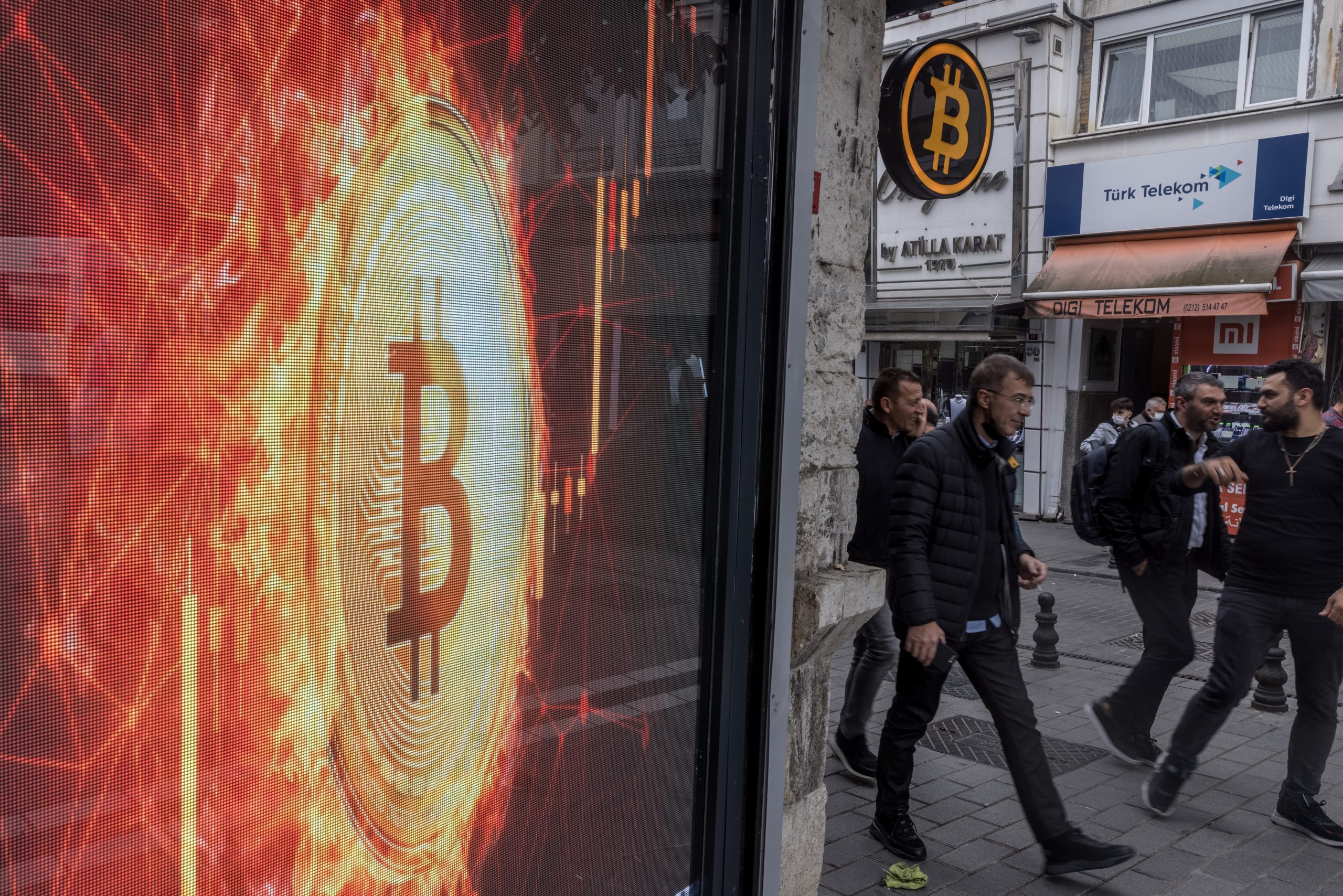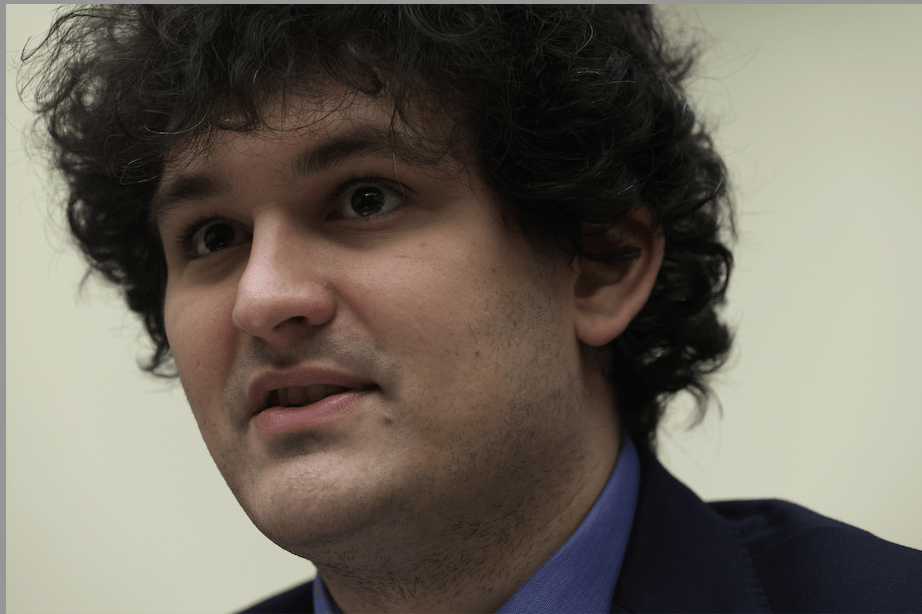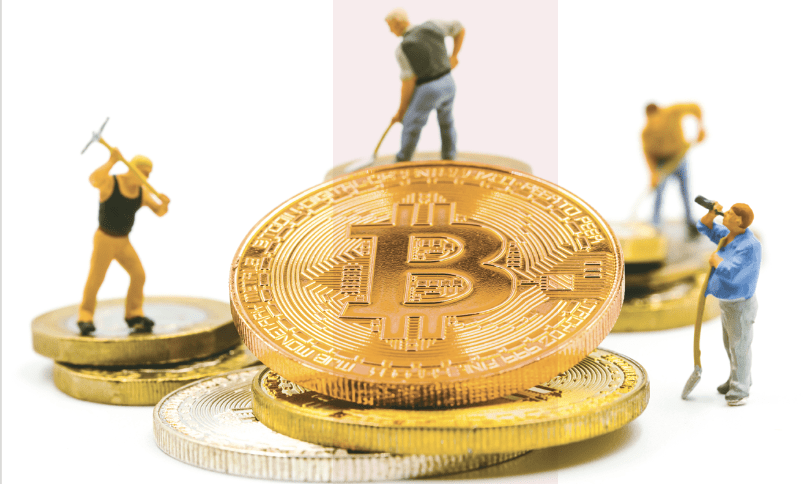Bitcoin Mining is Spewing Carbon
Producing bitcoins uses as much electricity as the nation of Argentina, but cardano is offering an alternative
An energy-efficient cryptocurrency called cardano could help dislodge bitcoin, a notorious electricity junkie, from its position as the world’s premier crypto. The shift in the market would be a meaningful step in the effort to curb the worst effects of climate change.
“You can save 99.95% of the total [cryptocurrency] energy consumption with cardano, and that’s probably still a pessimistic estimate,” saidAlex de Vries, a data scientist and economist who runs Digiconomist, a Netherlands-based crusade against what he views as problems with bitcoin.

Or, look at it this way: Cardano is making it possible for cryptocurrency production to evolve in ways that roughly parallel industry’s progression from burning wood to splitting atoms, according to Charles Hoskinson, cardano’s founder.
As of now, mining and trading bitcoins—the most popular and most valuable cryptocurrency—uses more electricity than most nation-states, according to the Cambridge Bitcoin Electricity Consumption Index, an often-quoted source of information compiled by the Cambridge Judge Business School in the United Kingdom.
The school measures electricity consumption in terawatt-hours, or TWh, which translates into using one trillion watts per hour. Researchers there found that bitcoin gobbles up 82.2 TWh annually, while Belgium, a highly developed nation of more than 11 million people, uses 82.1 TWh.
Unabated, bitcoin consumption seems likely to continue its climb. At a bitcoin price of $42,000, for example, the network would consume up to 184 TWh annually, producing 90.2 million metric tons of carbon dioxide—as much as the city of London, the Digiconomist Index indicated.
With that index, de Vries seeks to determine whether it costs less to produce a bitcoin than the price a bitcoin will bring. If so, miners have an incentive to mine. The more incentive they have, the more they mine. The more they mine, the more energy they use.
This year’s surge in the price of bitcoin has made mining more profitable and thus increased the cryptocurrency’s energy consumption enough that it may now equal that of all the data centers in the world, the Digiconomist website said.
Proof of work
Although cryptocurrencies swallow up a lot of power for transactions, most of their voluminous energy use comes from a process called proof of work, or PoW. Hal Finney adapted PoW to digital money in 2004. It can also stop computers from sending spam or mounting attacks, according to Investopedia.
“PoW is a decentralized consensus mechanism that requires members of a network to expend effort solving an arbitrary mathematical puzzle to prevent anybody from gaming the system,” the Investopedia website said.
To create cryptocurrency through PoW, people join in what de Vries calls a “massive game of guessing a number.” They use millions of computers working around the world to produce more than 100 quintillion guesses every second of the day, he said.
“One guesses correctly only on average once every 10 minutes,” he said of bitcoin mining. “And if you guessed correctly, you get to create the next block for the blockchain. And that’s when you get the reward for it” in the form of units of cryptocurrency.
82.2 TWh
Bitcoin’s annual electricity consumption
The miners creating the cryptocurrencies are aware of their energy consumption because they’re paying the electric bill, but traders see the cost reflected only in the price that cryptocurrency can bring. “From a user perspective, it’s kind of an invisible thing going on in the background,” de Vries said of the underlying electricity consumption.
The miners who make a living from PoW have little incentive to change the process, he maintained. “They don’t want to talk about it,” he said of miners’ reactions to his work at Digiconomist. “They don’t want to fix it.”
But it doesn’t have to stay that way.
Proof of stake
Instead of proving a miner has performed the task of arriving at some arbitrarily chosen number through a PoW process that some regard as much like playing the lottery, Cardano has developed Proof of Stake, or PoS, to create cryptocurrency.
With PoS, people who own cryptocurrency can create more in proportion to how much they already have.
82.1 TWh
Belgium’s annual electricity consumption
“So if you own 25% of the supply, on average 25% of the time, you’ll have the right to be in charge of … that part of the system for a period of time,” Hoskinson said. “Now, what does that mean? That the lottery can be run without any energy expenditure.”
In fact, Cardano executives asserted in a report that “proof-of-stake networks … have been proven to use four million times less power than bitcoin, and Cardano will only ever use the energy equivalent of a family home.”
Obsolete drill bits
Besides using insane quantities of electricity, bitcoin production requires miners to keep buying updated versions of specialized bitcoin-mining computers. The first miners simply worked on laptops, but mining now takes dedicated computers costing thousands of dollars each, de Vries said.
Hoskinson compared the bitcoin-only computers to drill bits that become obsolete because someone invents a better one. To keep making a profit, carpenters have to keep buying a new bit every 12 months or so, he said by way of analogy.
It gets worse. Only a couple of manufacturers produce the chips necessary for the bitcoin computers, and demand for those chips has worsened the COVID-induced global chip shortage, de Vries observed.
32nd
Where bitcoin would rank among nations in electricity use
About three million of the sophisticated machines are operating today, but that number doesn’t say much about how many individual miners are at work because some operations employ multiple computers, de Vries noted.
Unbridled proliferation
Decentralization also works in Cardano’s favor, Hoskinson argued, because the more the network spreads out, the more opportunity stakeholders have to create more cryptocurrency.
“For example, we start a few hundred validators,” he said. “And then we have over 3,000 state pools, and
3,000 unique entities that run the system. Bitcoin has [fewer] than 10 major mining operations, so we’re 300 times more decentralized.”



















